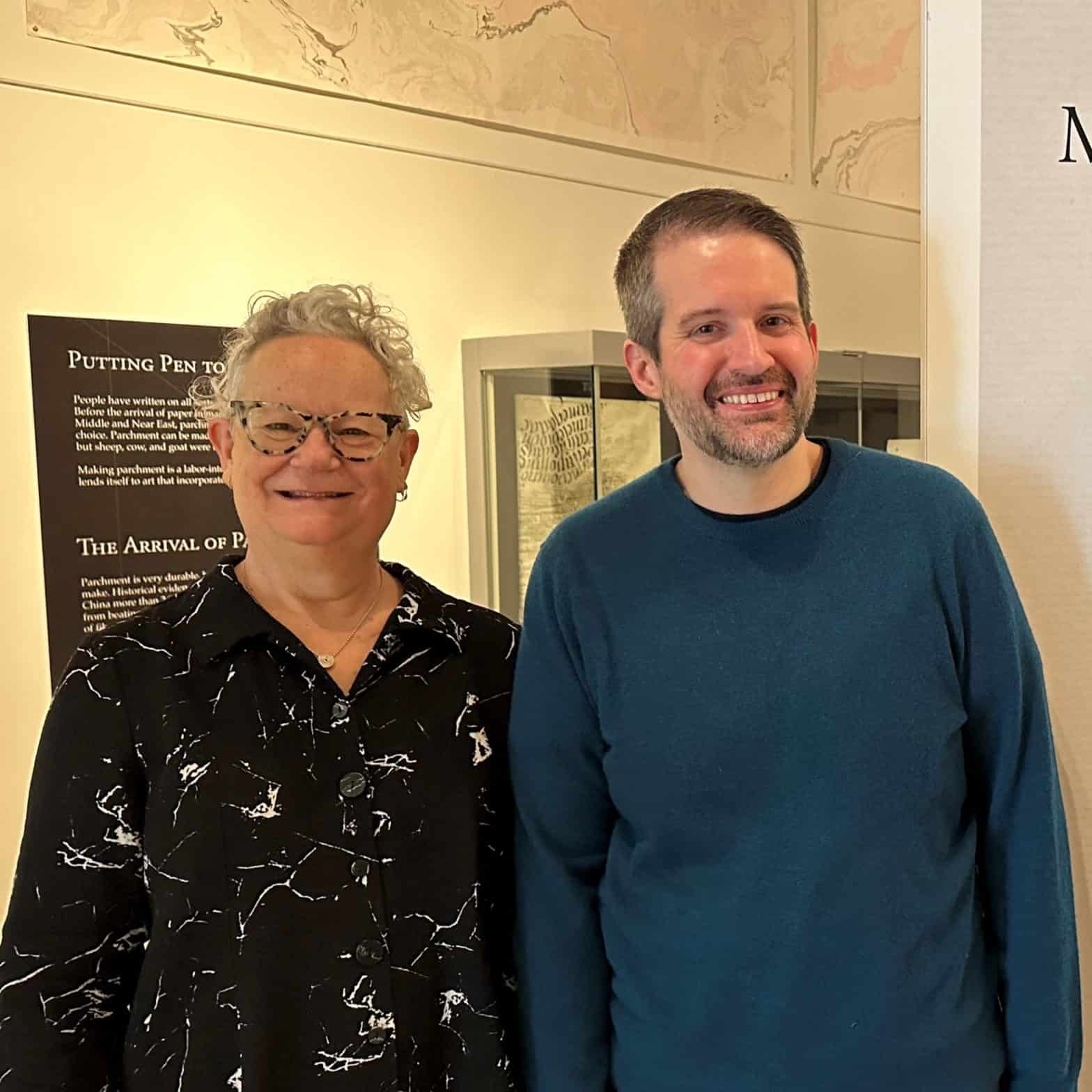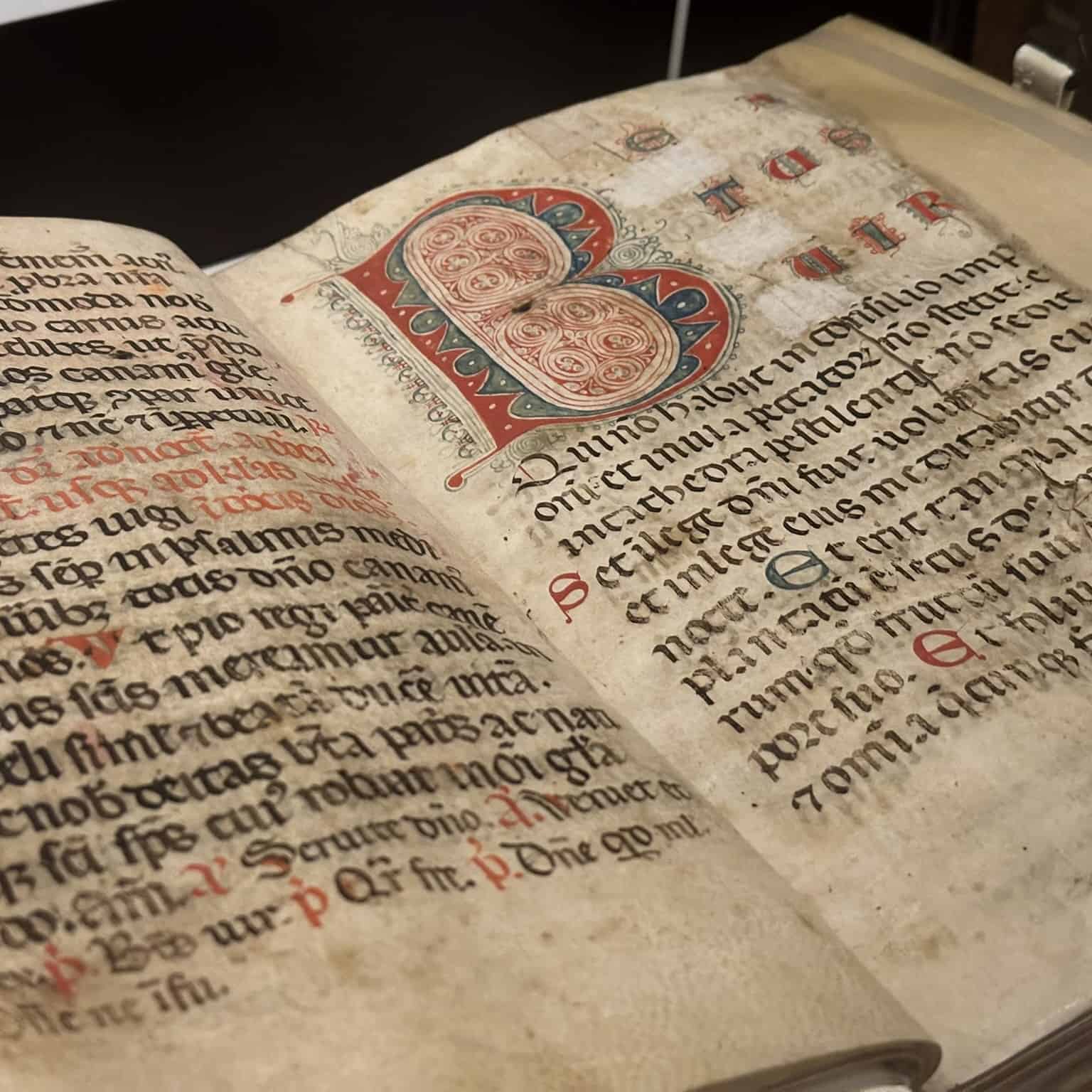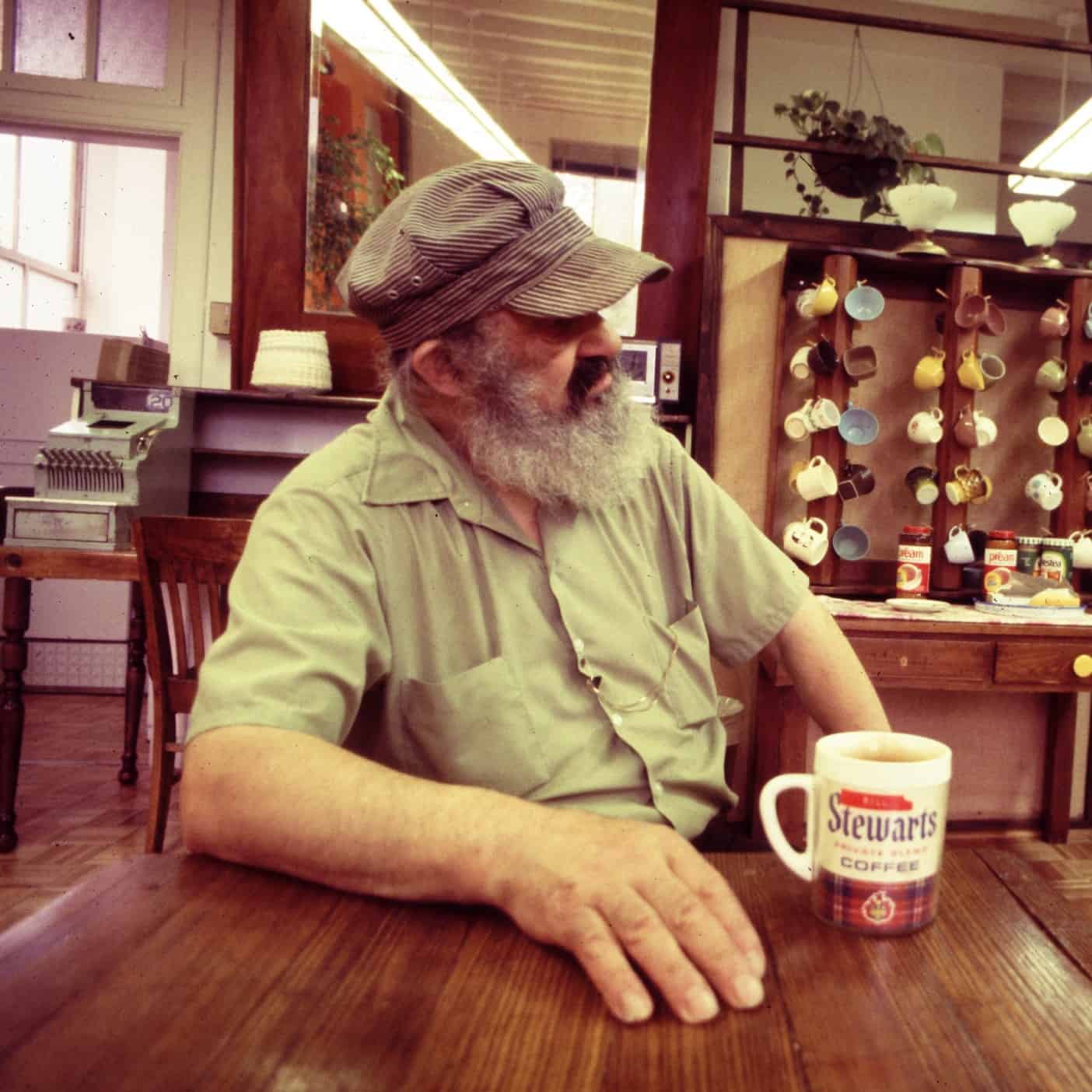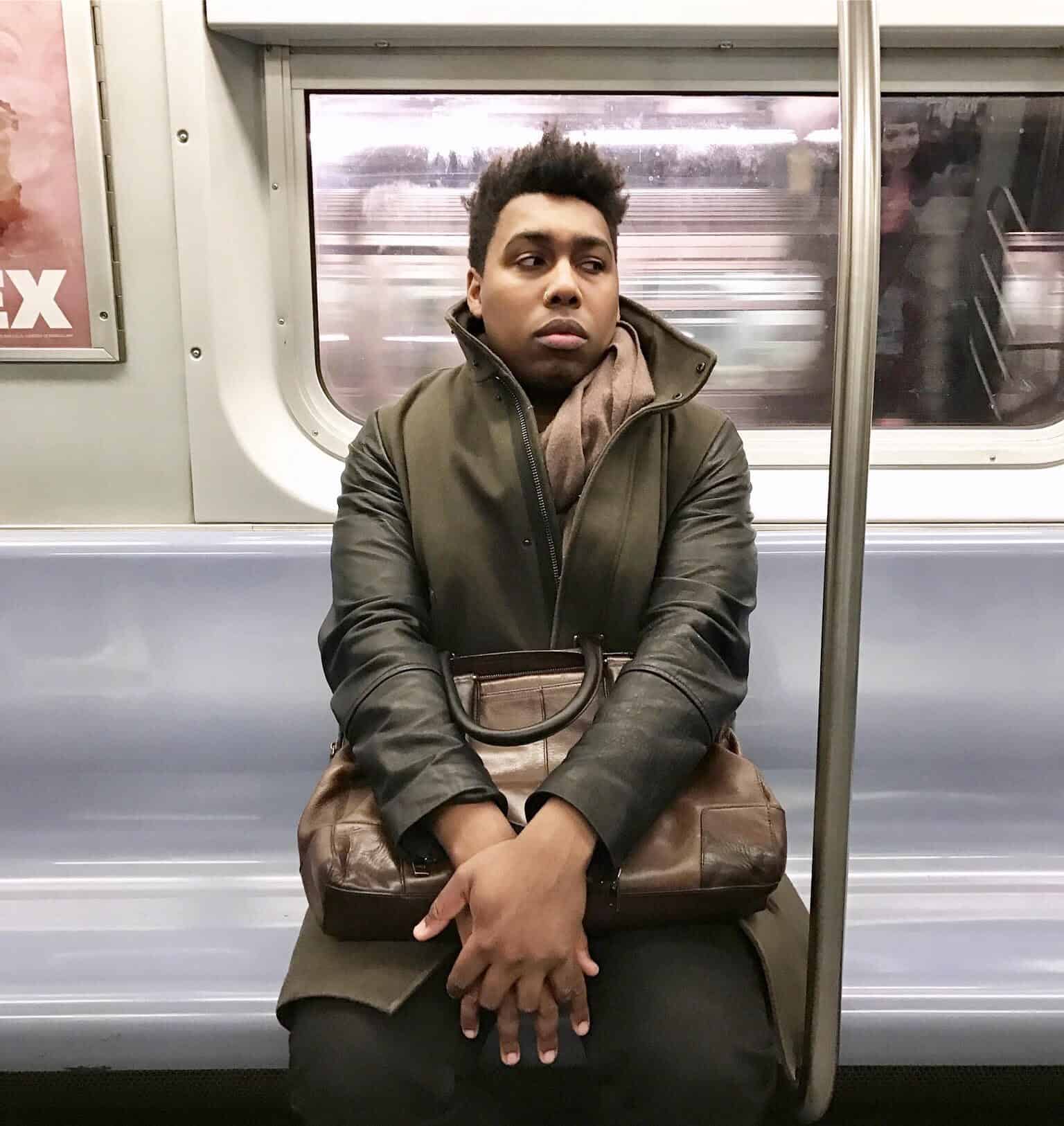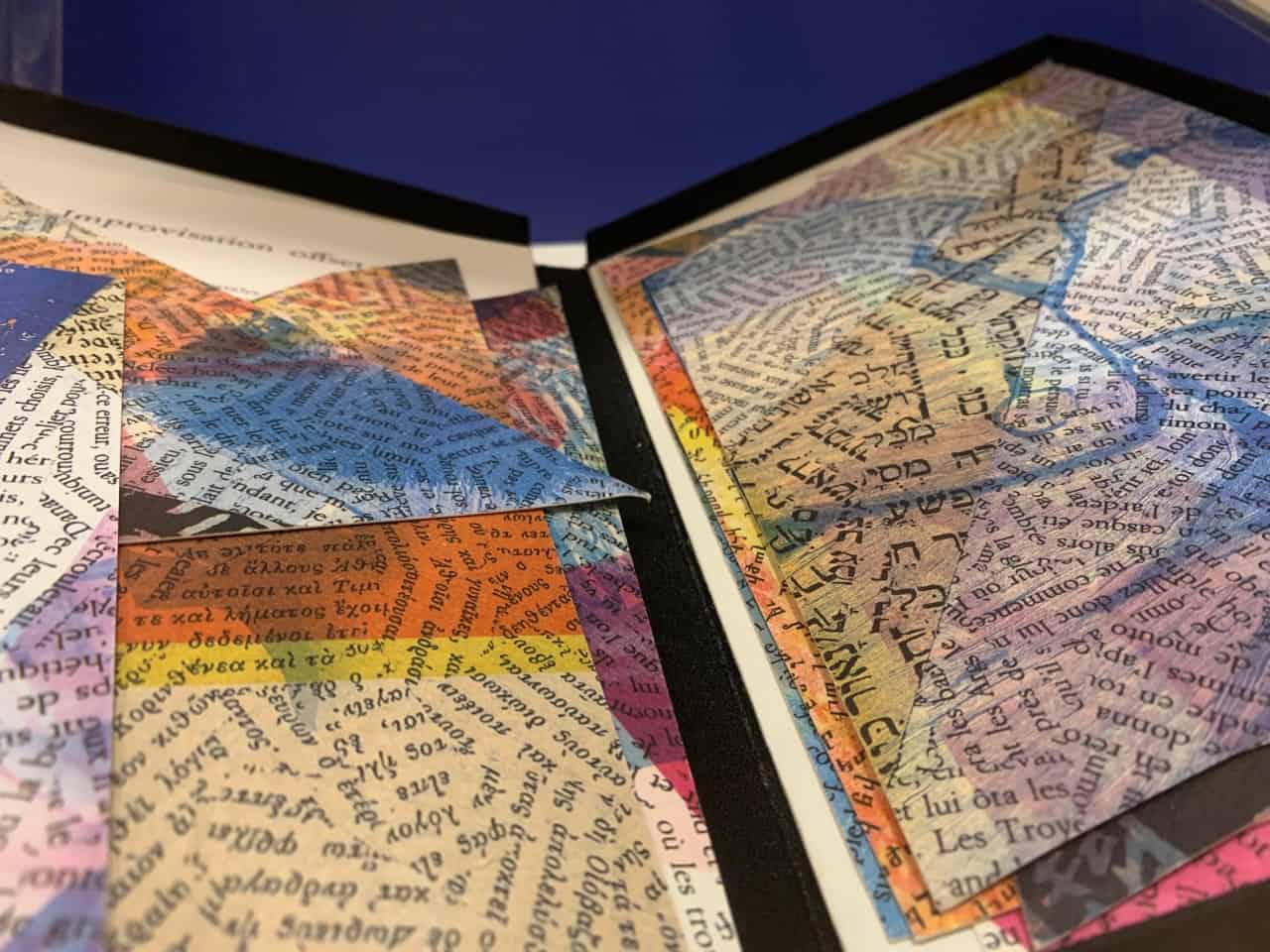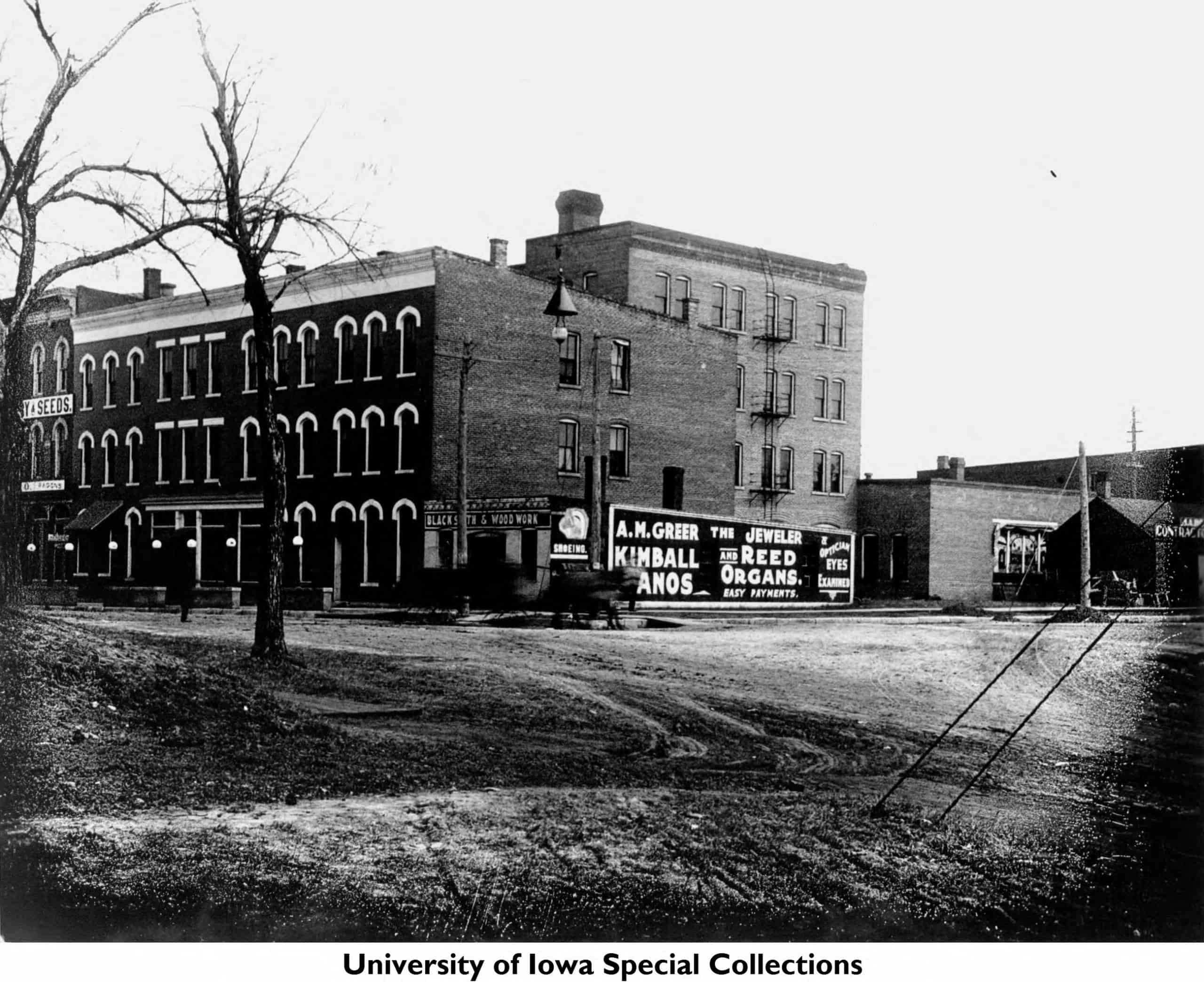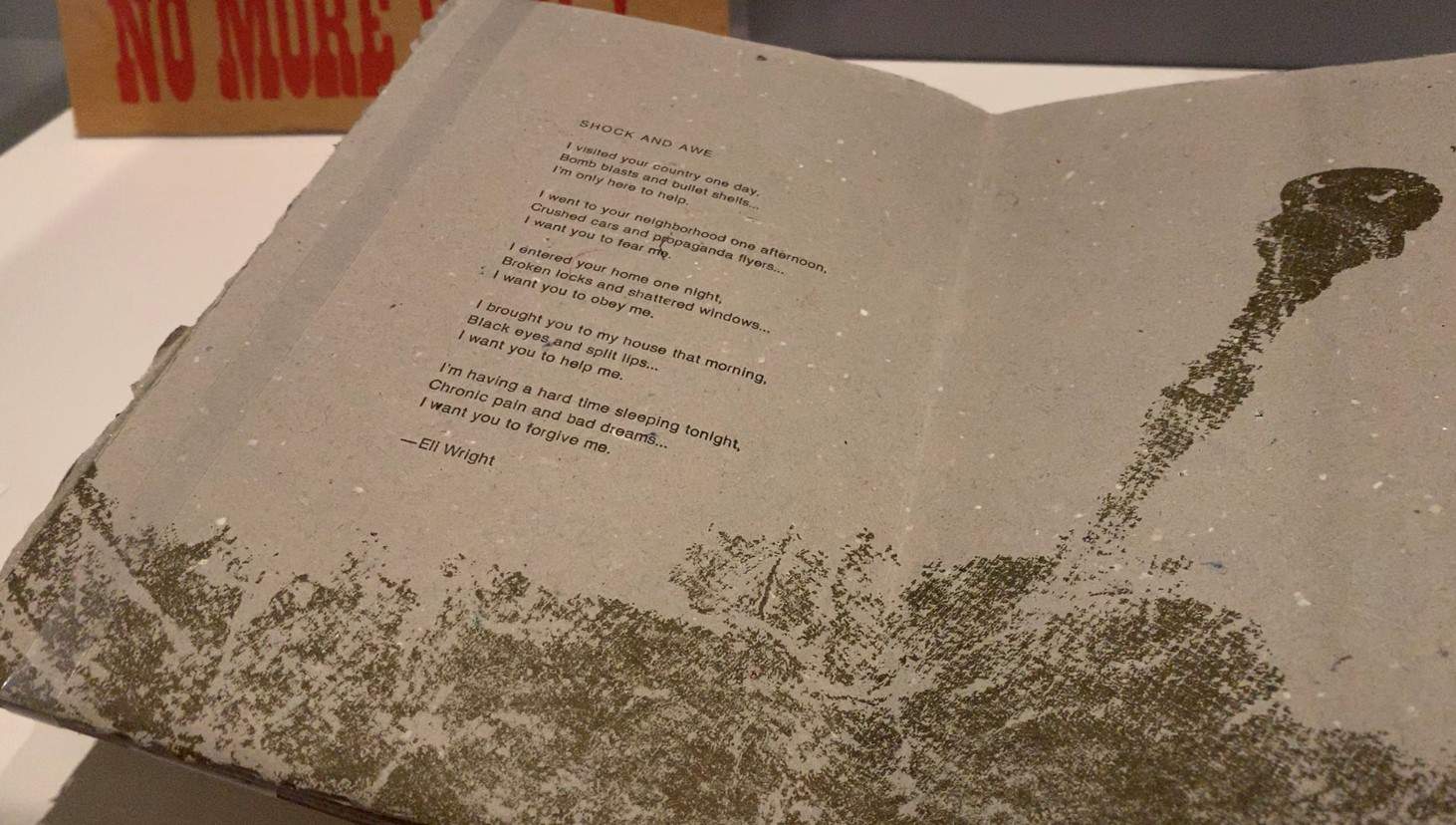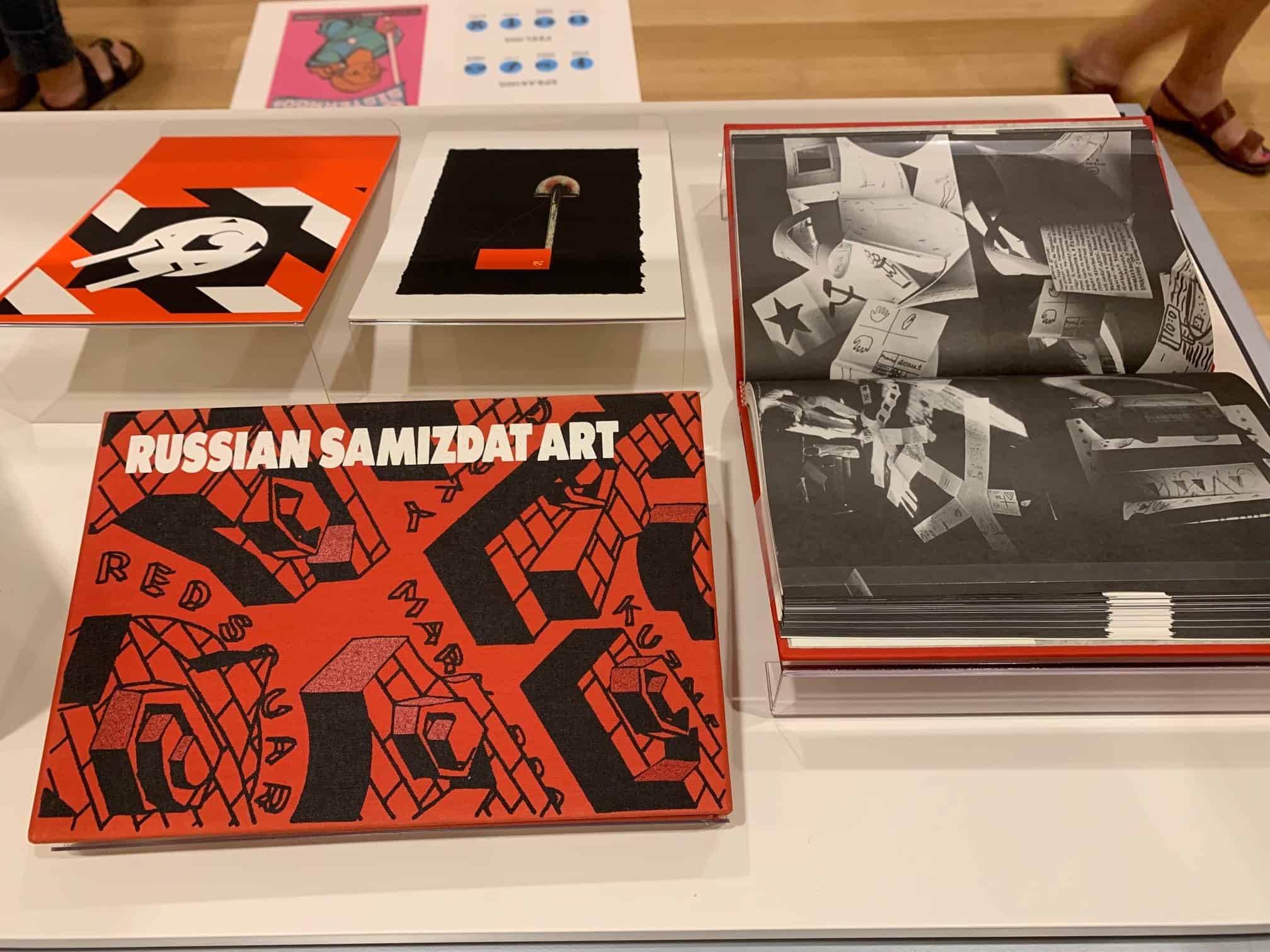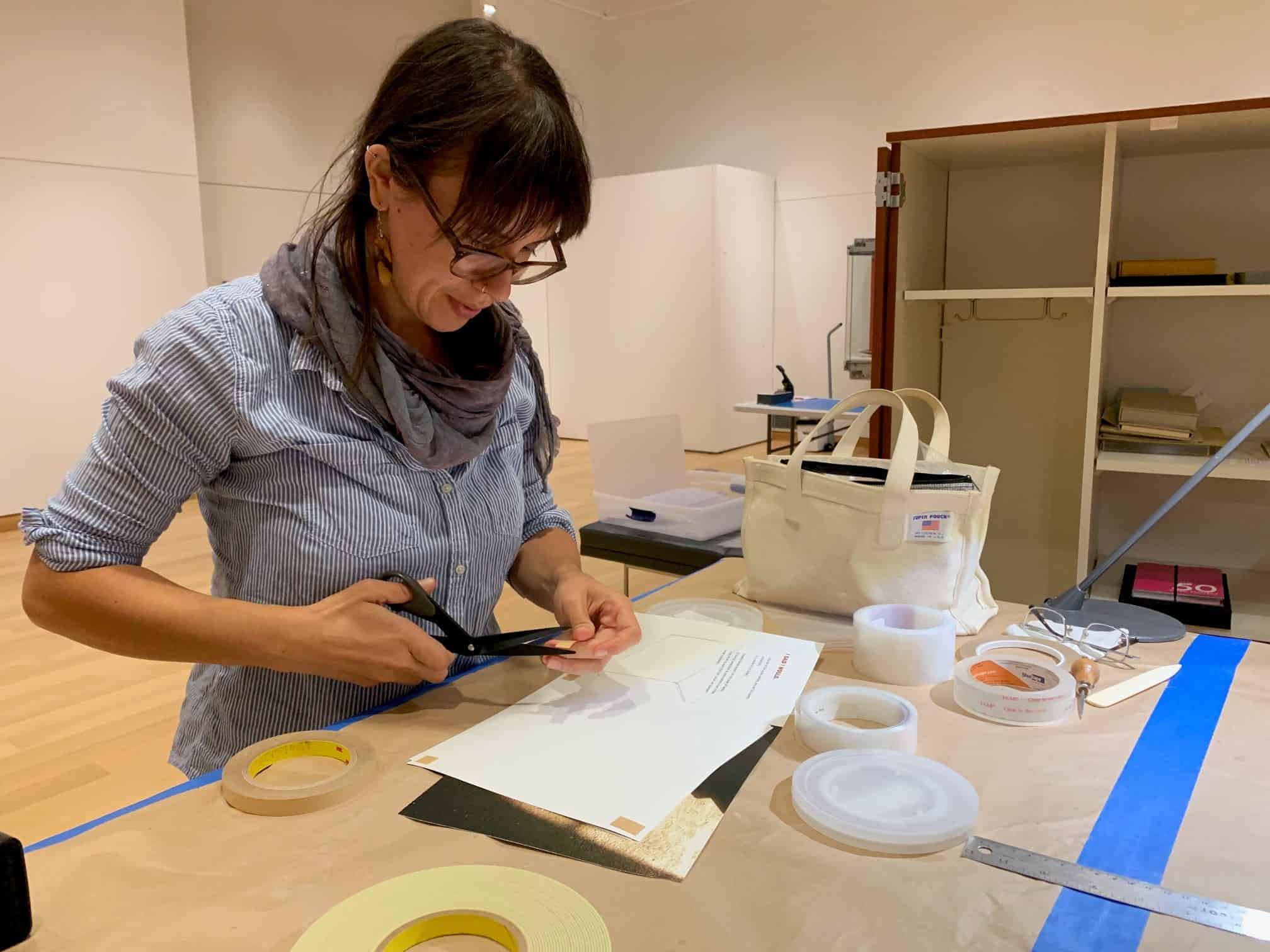by Sara J. Pinkham Books have the extraordinary power to turn their stewards into time travelers. A roughly sewn leather cover on a medieval book or a centuries-old doodle can reveal a lot about a book’s owner and its use. Minuscule notes scribbled in the margins of a plague-year calendar can hold weightier sway overContinue reading “What we share with the past: a Q&A with ‘Making the Book’ exhibition curators Emily Martin and Eric Ensley”
Tag Archives: Library News
Spring Main Library Gallery exhibit highlights book history
A new exhibition in the Main Library Gallery this spring showcases a global selection of rare historic books and modern book art. Making the Book, Past and Present explores the intersections of history, art, and practicality through items from Special Collections & Archives at the University of Iowa Libraries. The exhibition asks what we canContinue reading “Spring Main Library Gallery exhibit highlights book history”
‘Hey Buddy, I’m Bill’: new Main Library Gallery exhibit celebrates a local legend
By Sara J. Pinkham, exhibition and engagement coordinator, Main Library Gallery The fall 2023 Main Library Gallery exhibition, Hey Buddy, I’m Bill, shares the story of Bill Sackter, an Iowa City legend and advocate for people with intellectual disabilities. Curated by Jen Knights, marketing and communications manager for Performing Arts at Iowa in the CollegeContinue reading “‘Hey Buddy, I’m Bill’: new Main Library Gallery exhibit celebrates a local legend”
UI Libraries Friends Event: Trivia with Andrew’s Bar Exam
The University of Iowa Libraries invites you to online trivia, emcee’d by Andrew’s Bar Exam. Join for eight rounds of general knowledge questions and see if your team triumphs! Form a team with your family, friends, or colleagues to compete, or compete individually. (Please arrange a secondary method for your team members to communicate outsideContinue reading “UI Libraries Friends Event: Trivia with Andrew’s Bar Exam”
Local Libraries Welcome Author Saeed Jones
Local Libraries LIT (Listen, Initiate, Talk) will feature award-winning writer Saeed Jones on Thursday, April 1, 2021 at 7:00 PM. This is the second virtual event in a new program series offered by public libraries in Iowa City, Coralville, North Liberty and the University of Iowa Libraries with support from The Tuesday Agency. Saeed Jones,Continue reading “Local Libraries Welcome Author Saeed Jones”
Remarkable Artistry: Sackner Archive in the Main Library Gallery
The Main Library Gallery at the University of Iowa Libraries recently opened Sackner Archive, an exhibition featuring select pieces from the world-renowned Sackner Archive of Concrete and Visual Poetry. Founded by Ruth and Marvin Sackner in 1979 in Miami Beach, Florida, the Archive has always combined the couple’s great appreciation for art and wordsContinue reading “Remarkable Artistry: Sackner Archive in the Main Library Gallery”
Downtown Iowa City’s Horsey History
Along with our ancestors, horses helped build Iowa City, the state, and the nation. In the process, they profoundly shaped human identities. The current Main Library Gallery exhibition, The Pull of Horses on National and Local Histories and Identities, explores the physical and social impact of these huge, powerful animals by screening on aContinue reading “Downtown Iowa City’s Horsey History”
The Sharing of Ideas and Making of Artwork: ‘Rising Together | Protest in Print’
The Main Library Gallery’s current exhibition, Rising Together | Protest in Print, features a few historic examples of protest from Special Collections at the University of Iowa Libraries. Along with these pieces, such as Thomas Paine’s famous 1776 pamphlet entitled Common Sense (x-Collection 973.3 P14c), more contemporary expressions of protest are also present. One of these booksContinue reading “The Sharing of Ideas and Making of Artwork: ‘Rising Together | Protest in Print’”
Behind the Zines: ‘Rising Together | Protest in Print’
When Julia Leonard was approached by the College Book Arts Association (CBAA) about hosting their traveling exhibition, Rising Together: An Exhibition of Artists’ Books, Prints and Zines with a Social Conscience, she knew it would be a great fit for the Main Library Gallery and a meaningful way to connect items from the University ofContinue reading “Behind the Zines: ‘Rising Together | Protest in Print’”
2021-2022 Main Library Gallery Exhibit Proposals Open
University of Iowa faculty and staff are cordially invited to submit Main Library Gallery preliminary exhibition proposals for January 2021 – December 2022. Preliminary proposals must be received by November 22, 2019. About Exhibitions in the Main Library Gallery: Exhibits at the Main Library Gallery give the campus community and the general public access toContinue reading “2021-2022 Main Library Gallery Exhibit Proposals Open”
